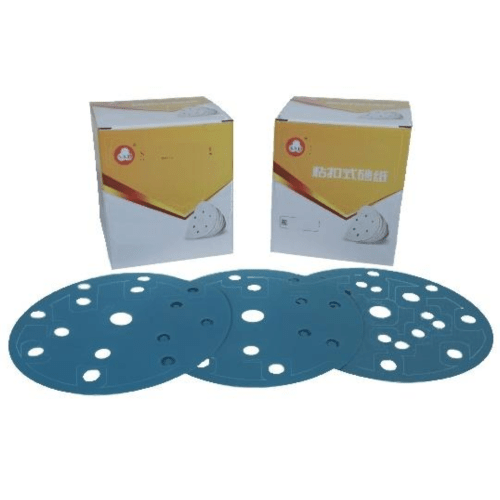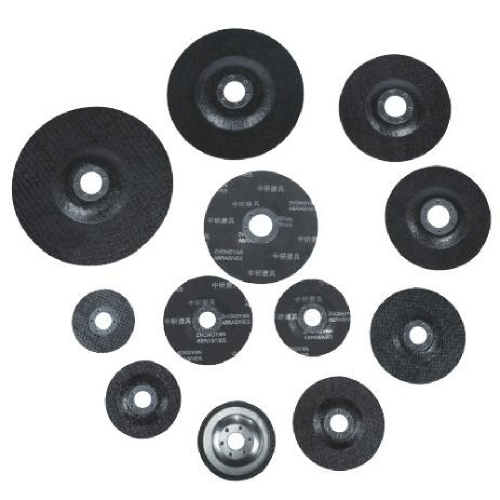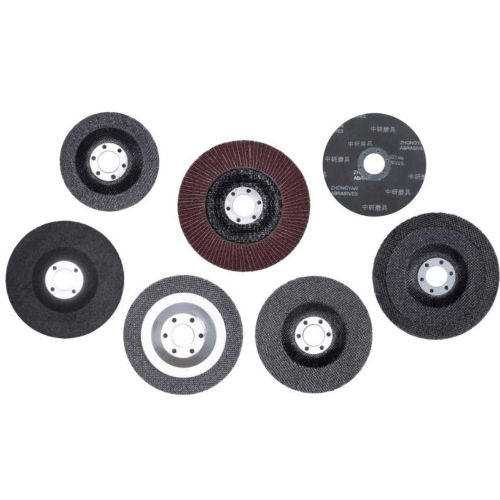wheel diameter
Wheel diameter stands as a crucial measurement in automotive and transportation engineering, representing the total distance across a wheel from one outer edge to the other. This fundamental dimension plays a vital role in determining vehicle performance, handling characteristics, and overall efficiency. Modern wheel diameter measurements incorporate advanced laser technology and digital measuring systems, ensuring precision down to fractions of a millimeter. The significance of wheel diameter extends beyond basic sizing, influencing crucial factors such as ground clearance, gear ratios, speedometer accuracy, and fuel efficiency. In professional applications, wheel diameter calculations must account for both the rim diameter and tire height, creating a total effective diameter that impacts vehicle dynamics. The measurement process involves sophisticated tools and techniques, including digital calipers and specialized measuring devices that ensure consistent accuracy across various applications. Whether in passenger vehicles, commercial trucks, or industrial machinery, proper wheel diameter specification is essential for optimal performance, safety, and regulatory compliance.


